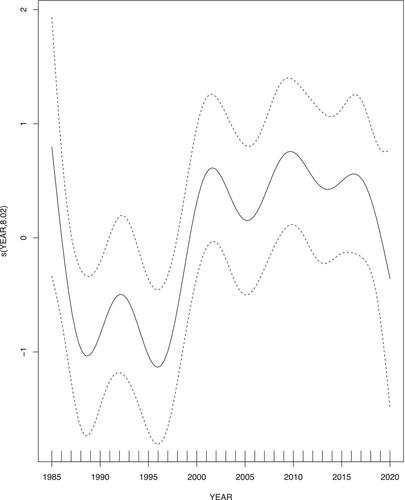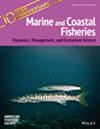Chesapeake Bay water temperatures have increased through time, and under various climate change scenarios they are projected to increase by an additional 2–6°C by the end of the 21st century. Previous work has shown that water temperatures are the primary trigger for Striped Bass Morone saxatilis spawning.
Using spawning stock survey data (1985–2020) from the Potomac River and upper Chesapeake Bay and temperature data from an ichthyoplankton survey (sampled non-continuously between 1954 and 2021) in the Nanticoke and Choptank rivers, this study examined how water temperature milestones that are important for Striped Bass spawning have changed over time as well as how selectivity-corrected total female catch per unit effort has shifted with changes in water temperature and the age structure of the stock.
Water temperatures observed in the spawning stock survey were lower in the 1980s and 1990s and have been higher since the 2000s. A significant change in timing of the start of spawning was not detected in the spawning stock survey data, but a significant change was found in the timing of the end of spawning, suggesting that the spawning season has shortened. In addition, the date on which the last prespawn female was observed on the spawning grounds has also occurred earlier in the year since the 2000s. Results from the long-term temperature data collected in the Choptank and Nanticoke rivers only showed a significant change through time for the start of spawning in the Nanticoke River.
While these changes could affect egg and larval Striped Bass survival either through either direct mortality due to water temperature or changes in the timing of zooplankton blooms, the effects of climate change could be mitigated by having a broad range of spawning ages to maximize the chances that larval Striped Bass matching with prey availability.



